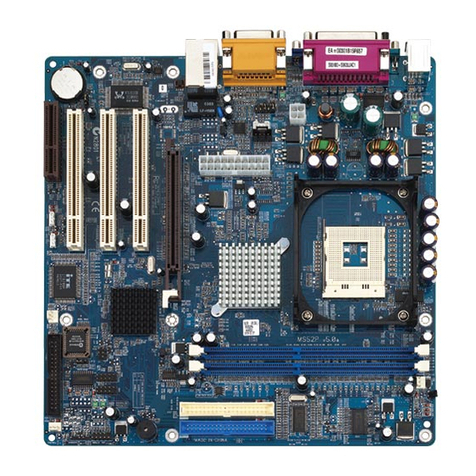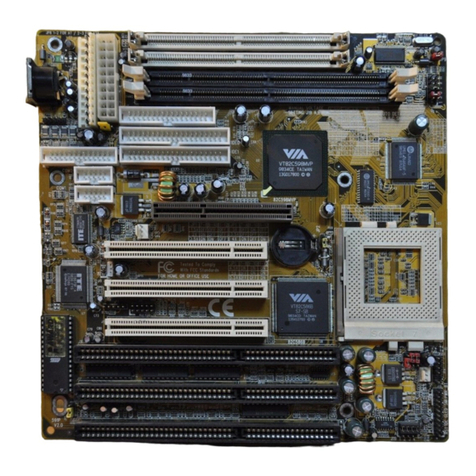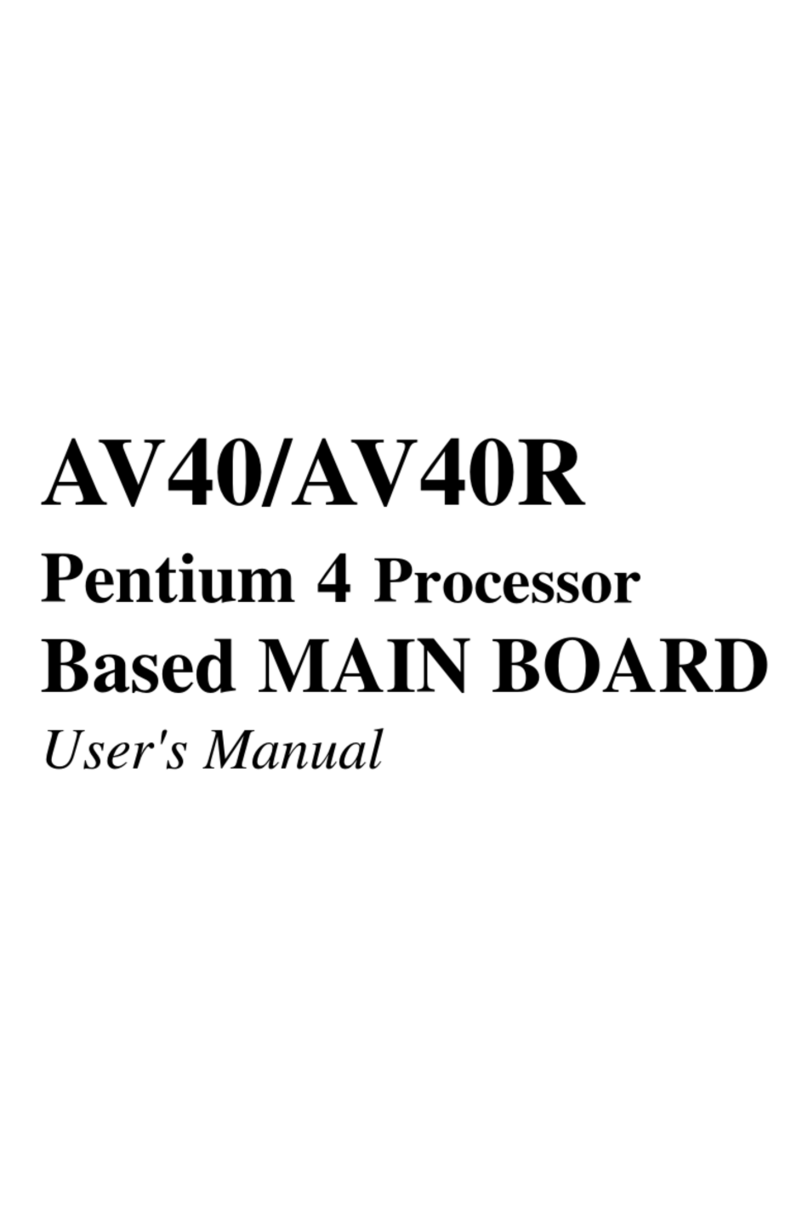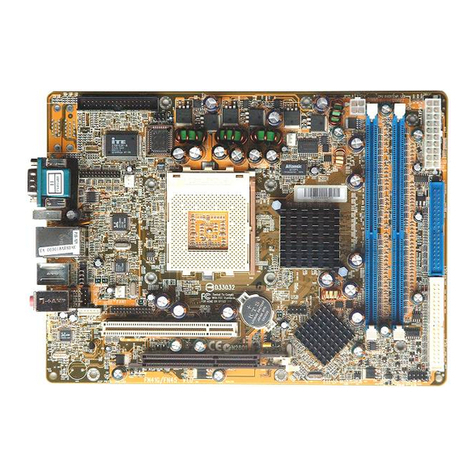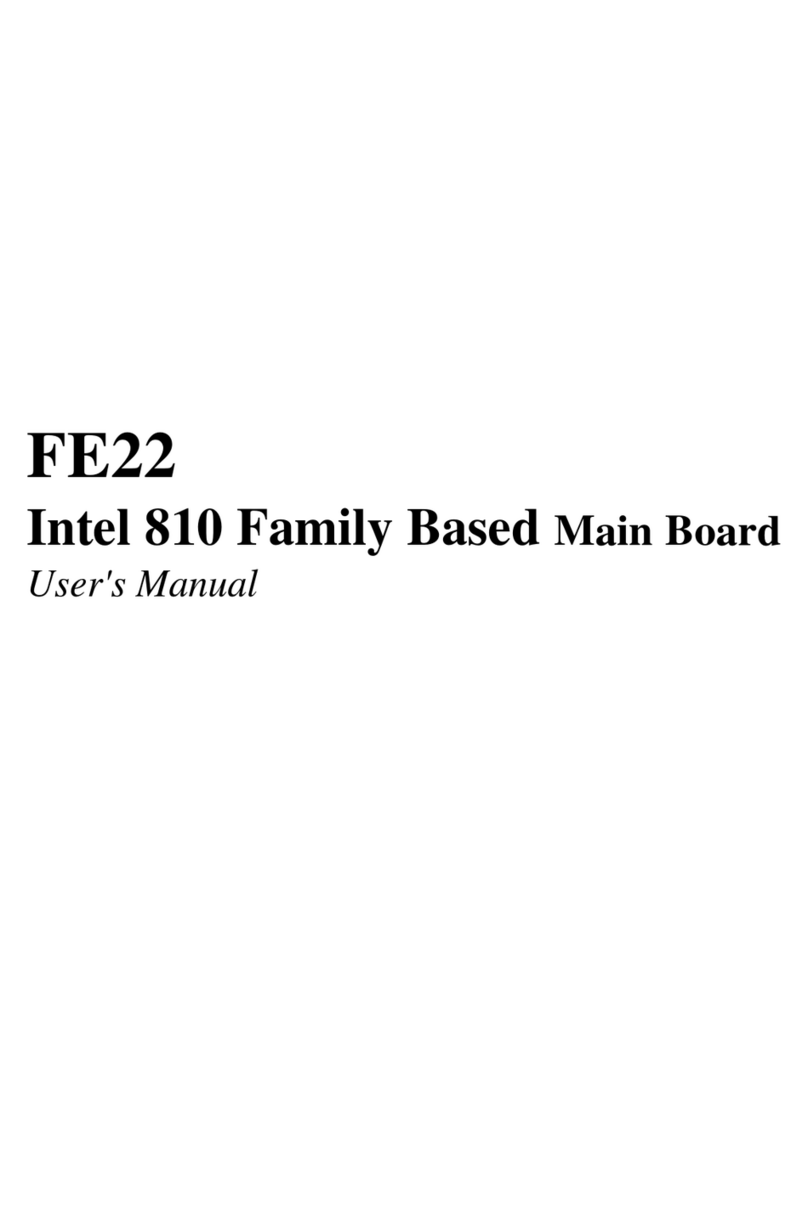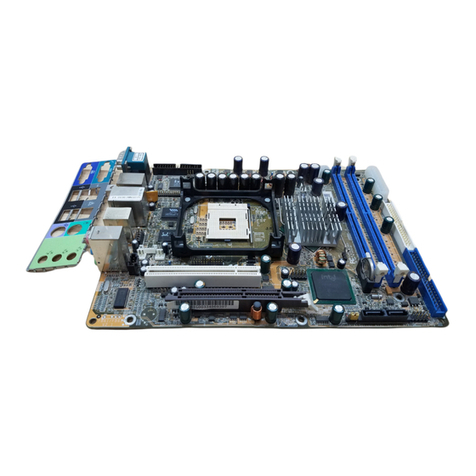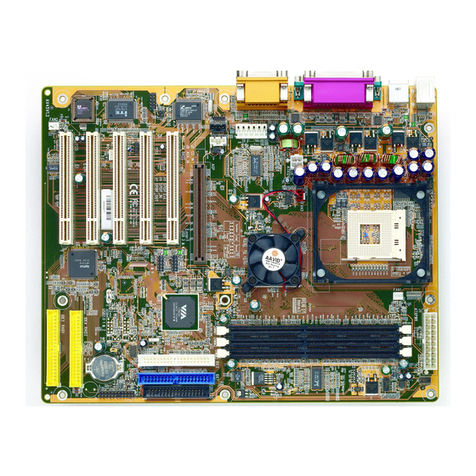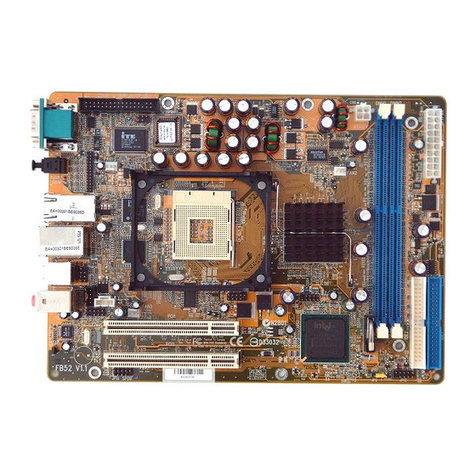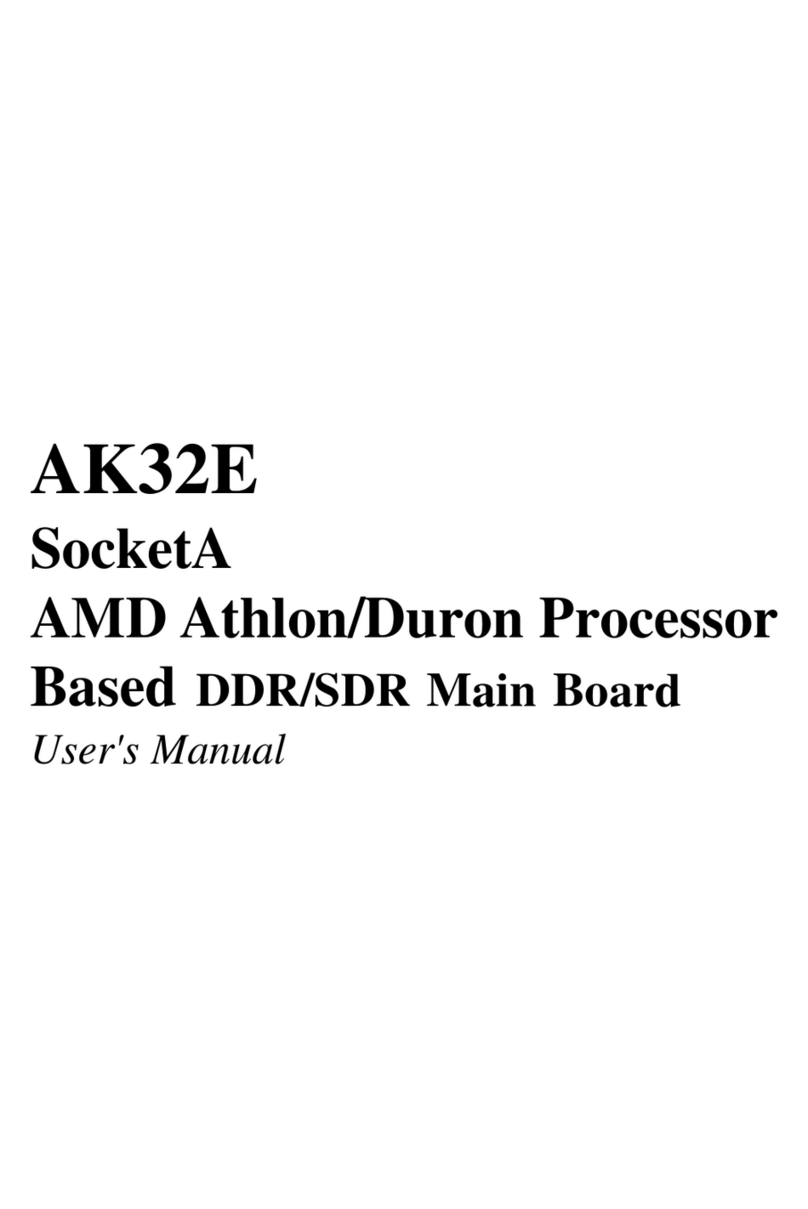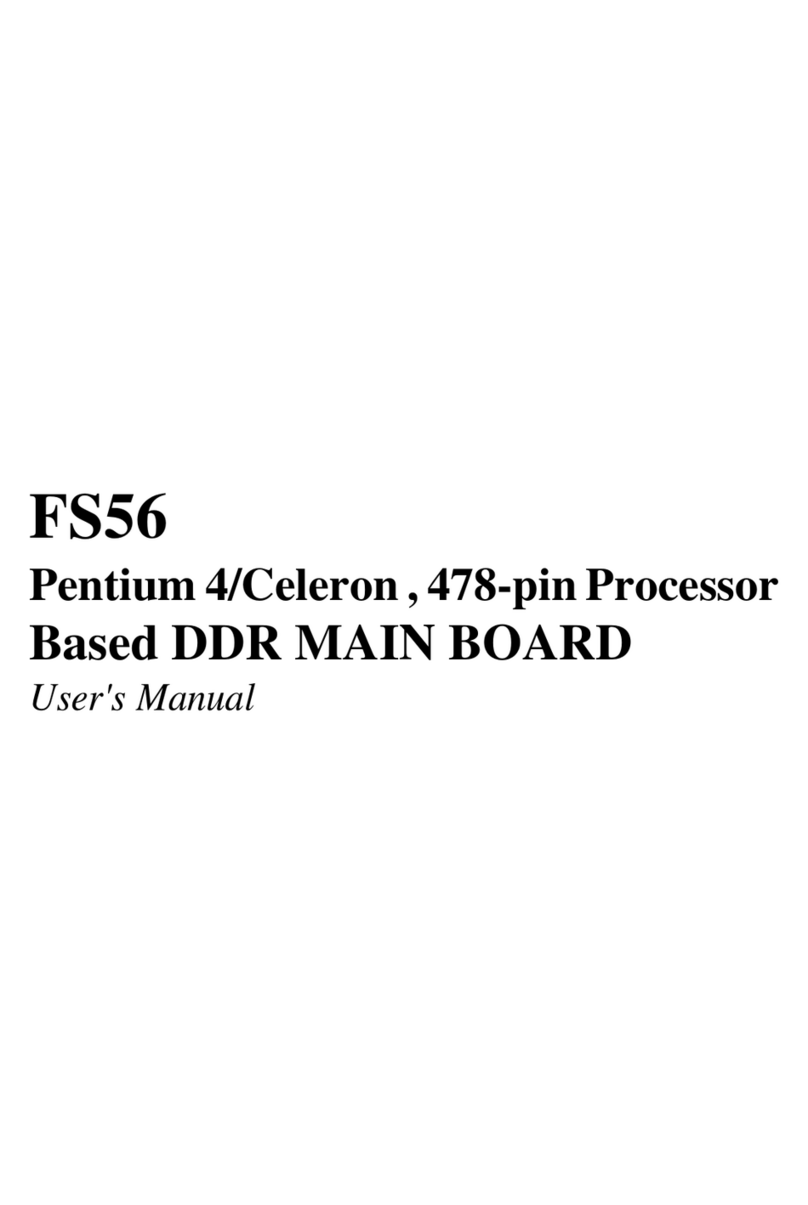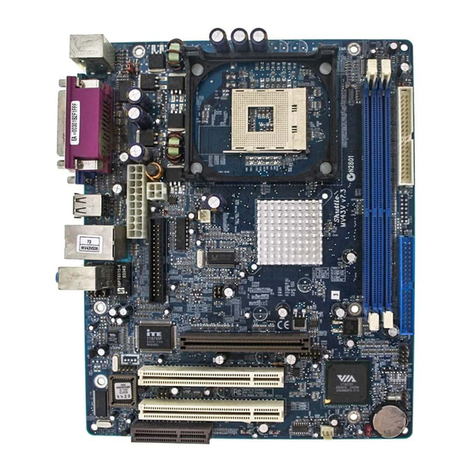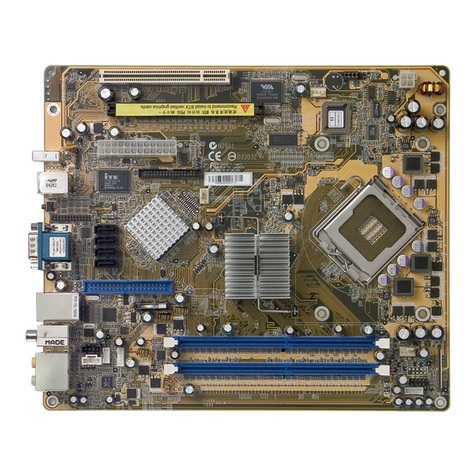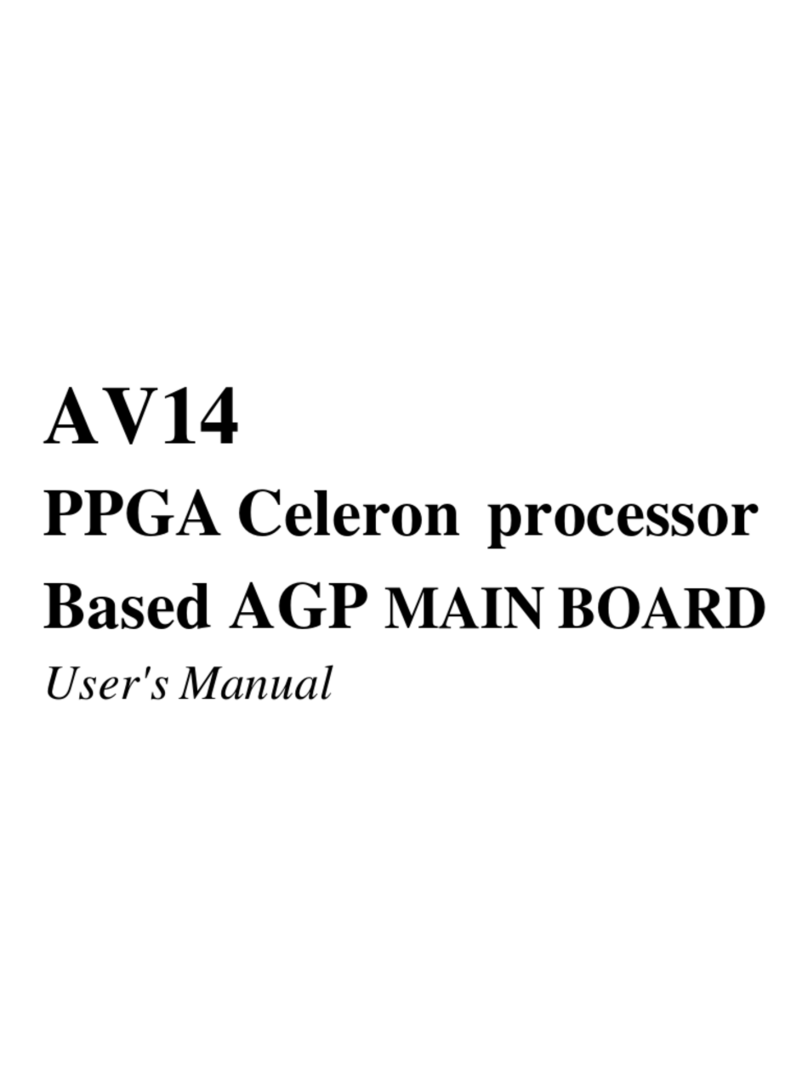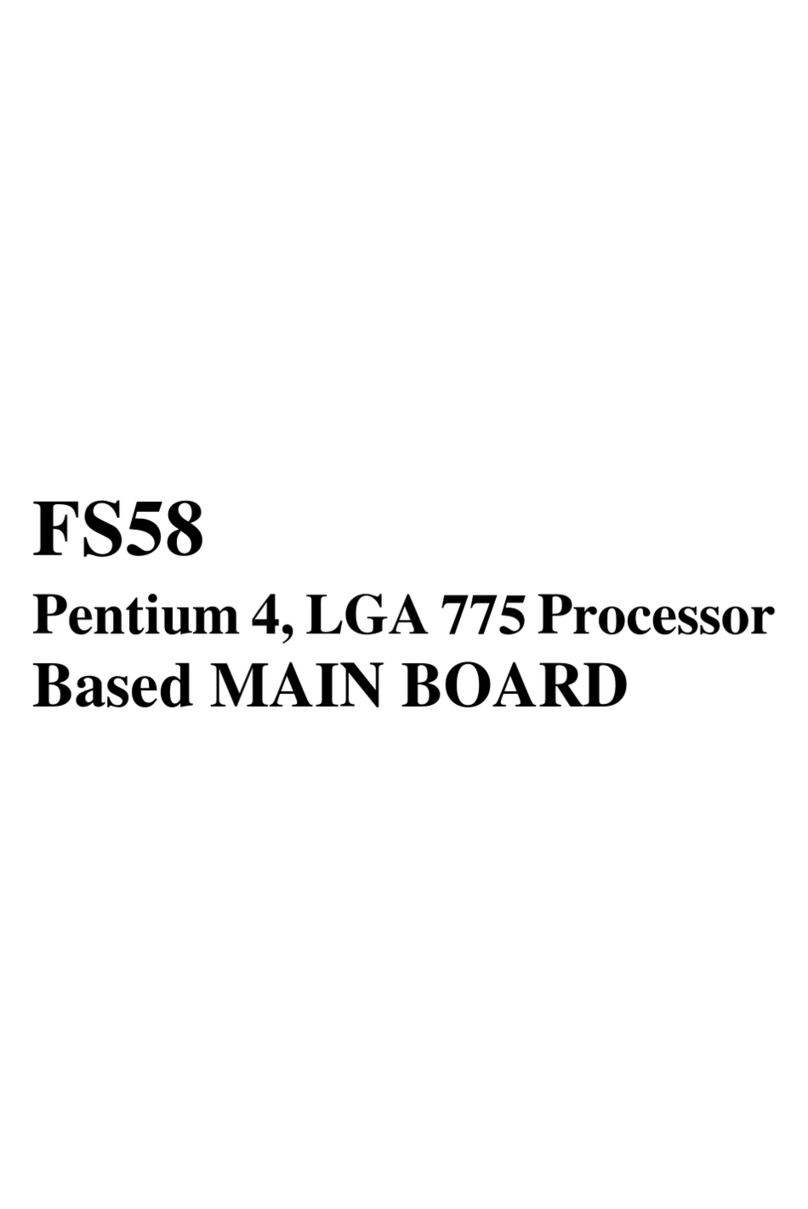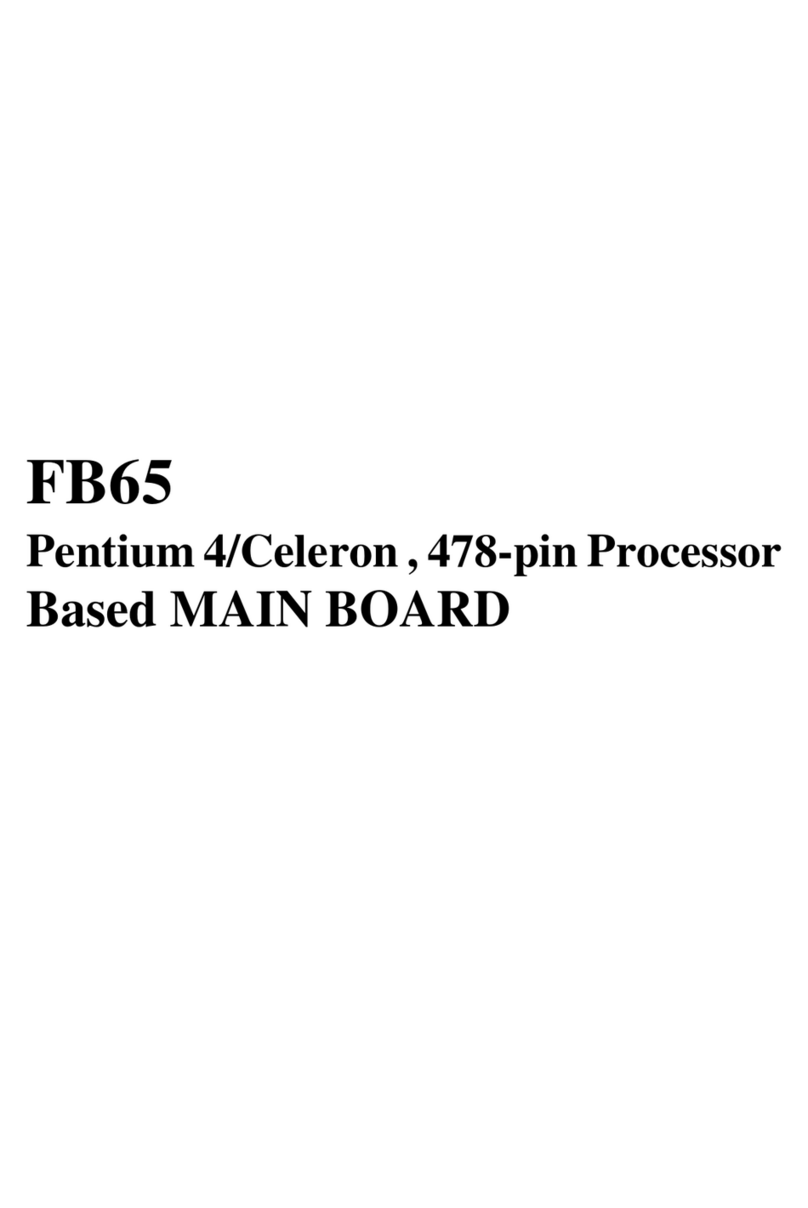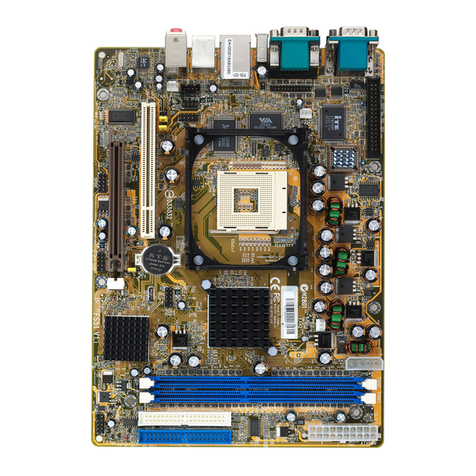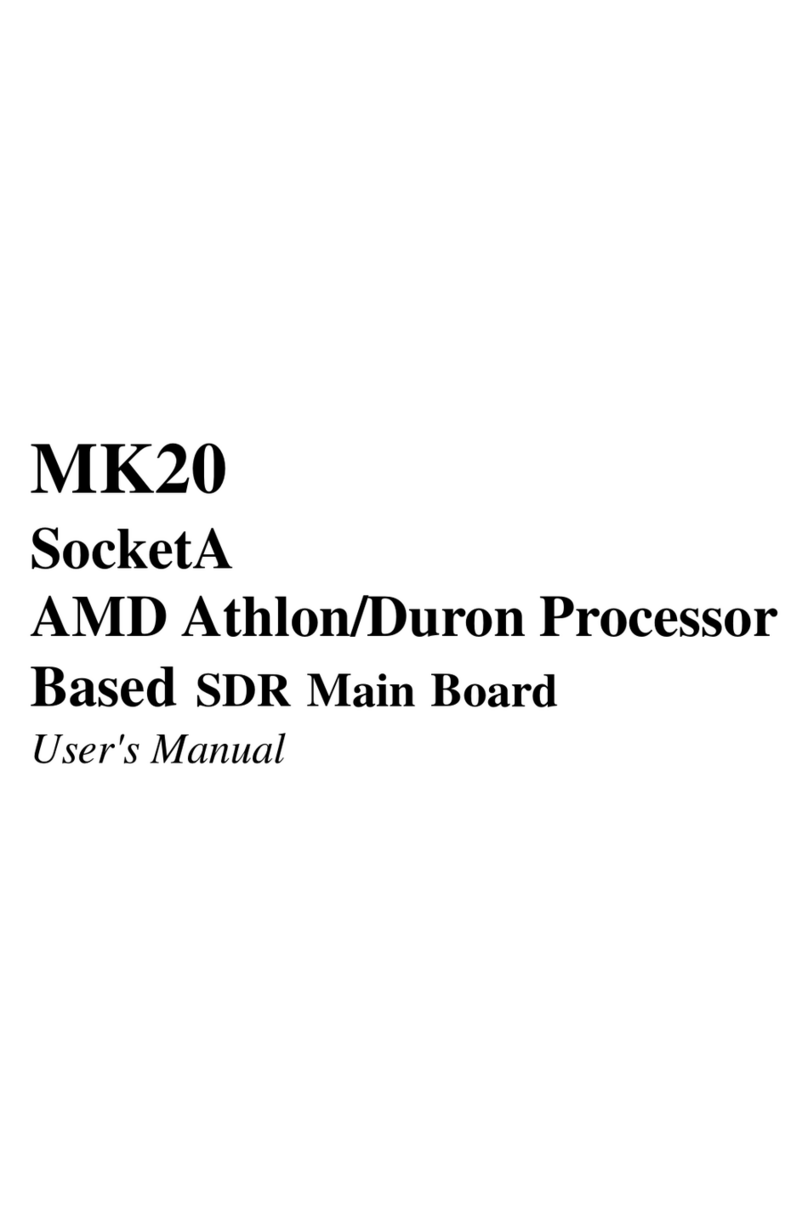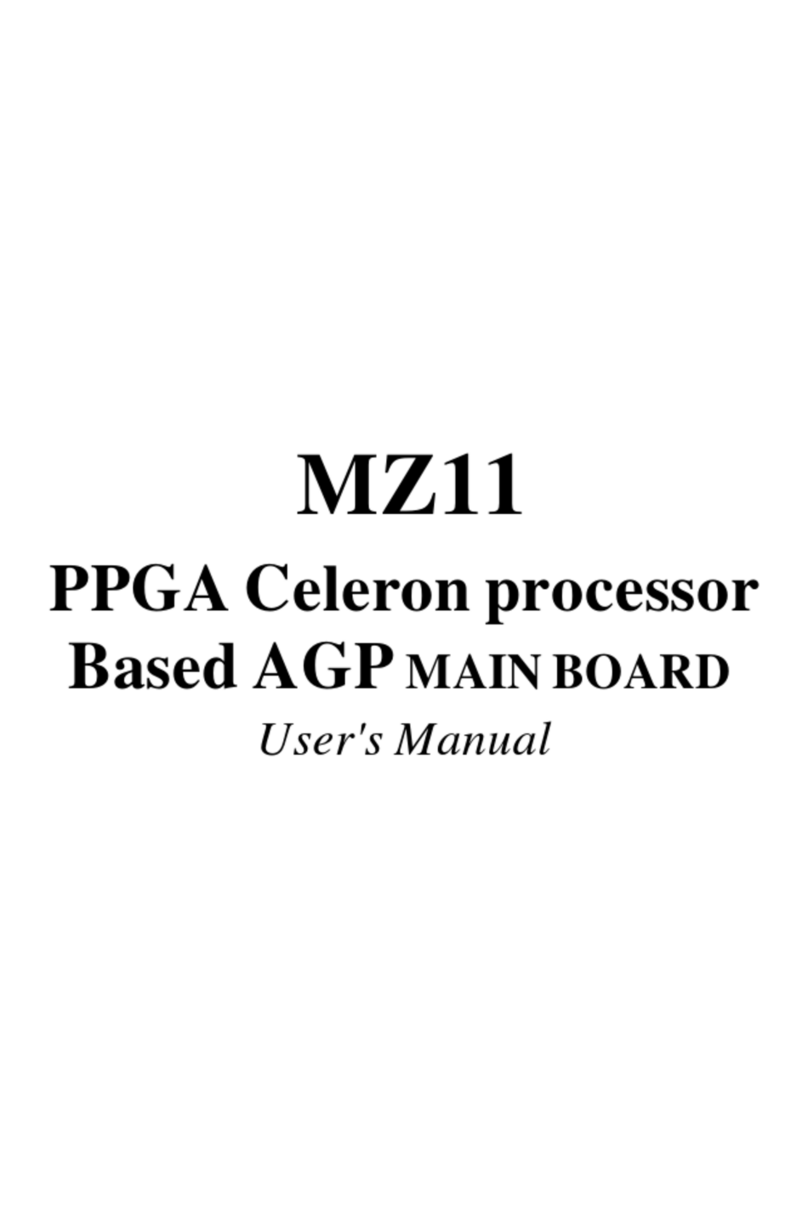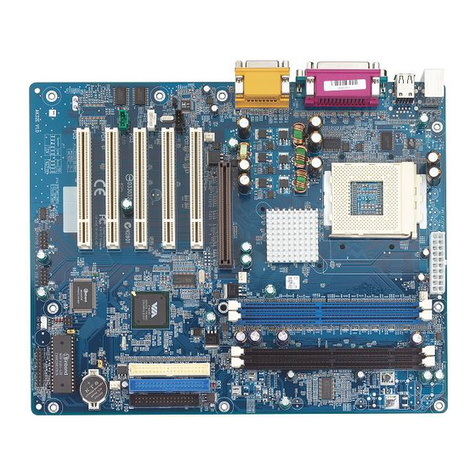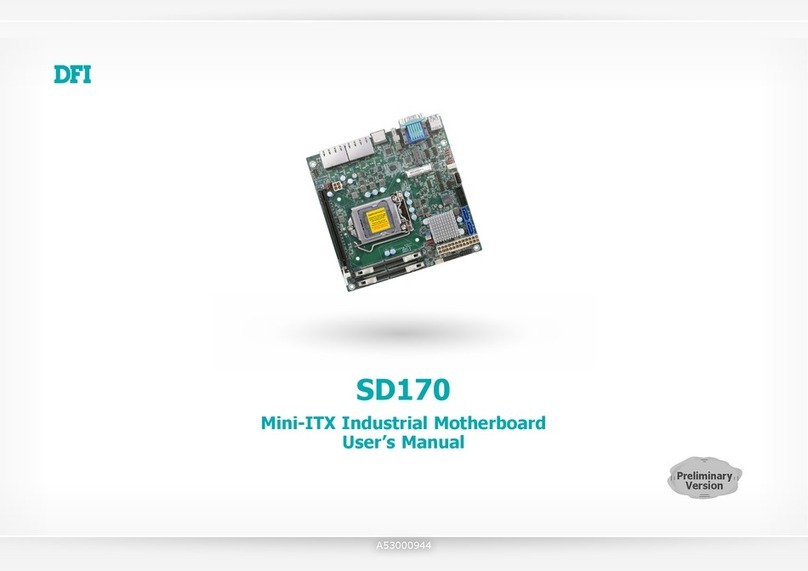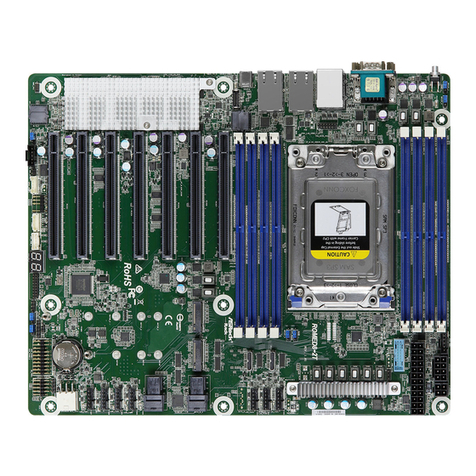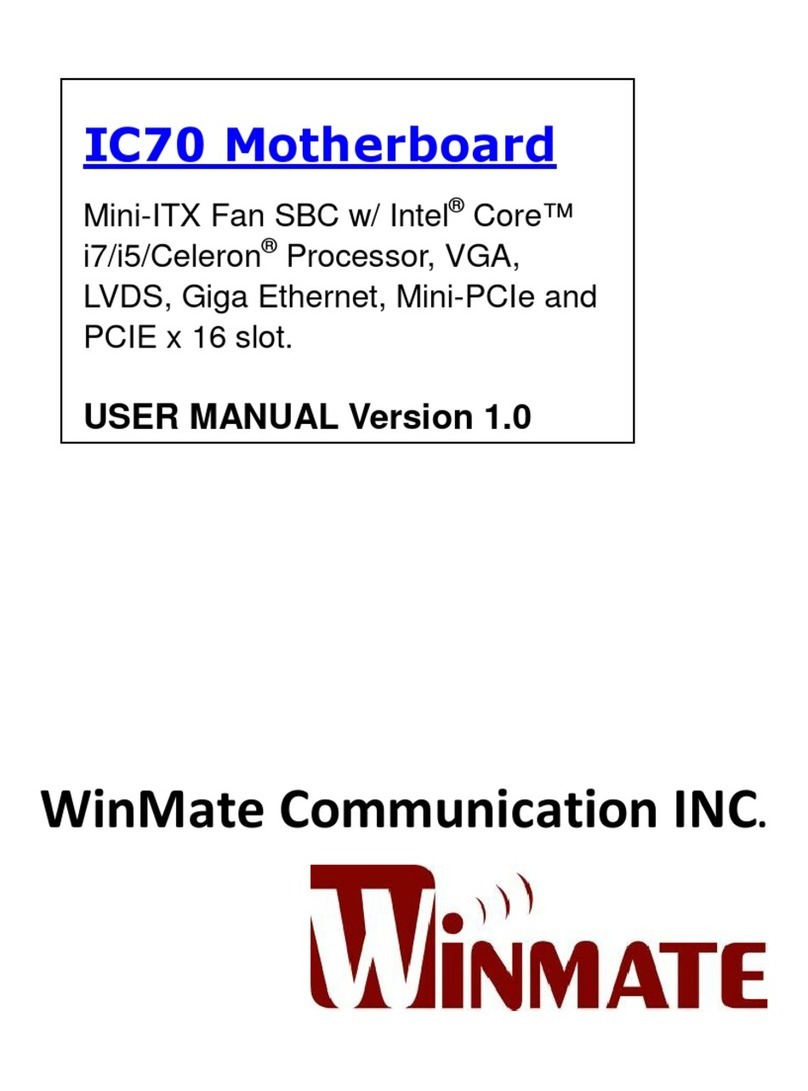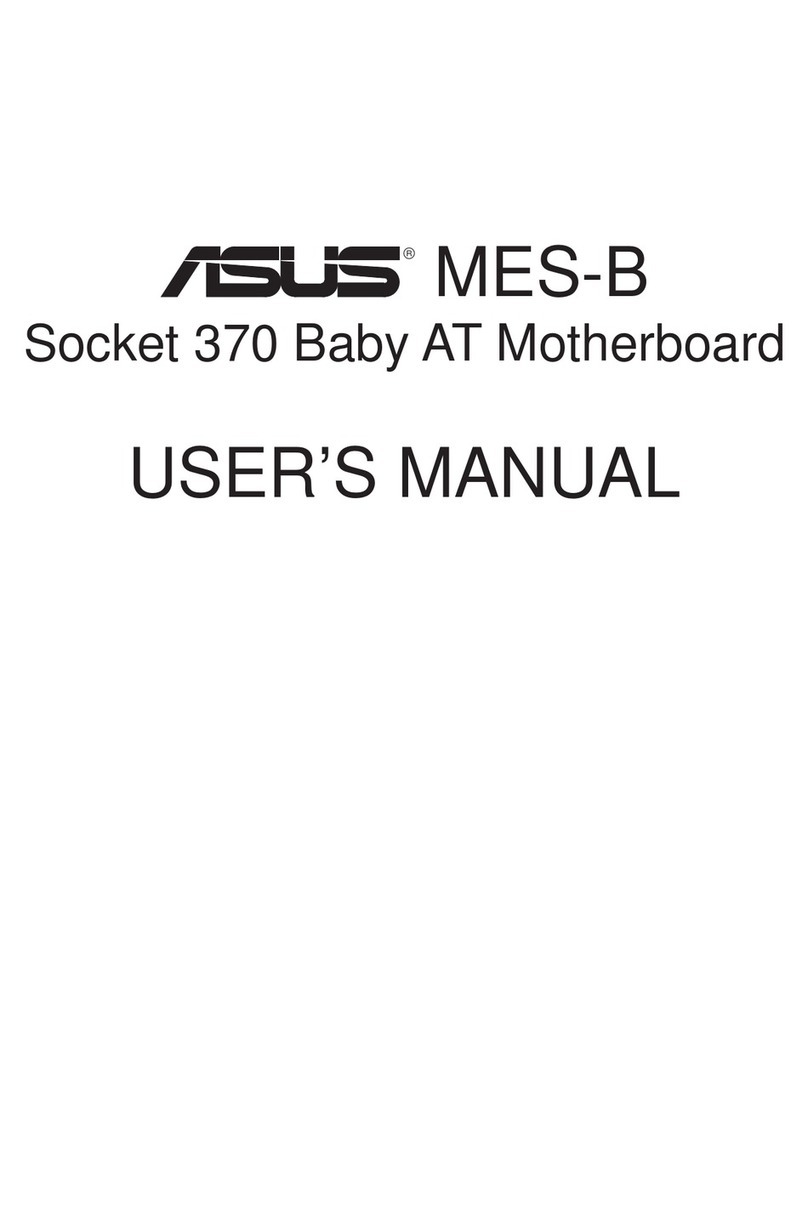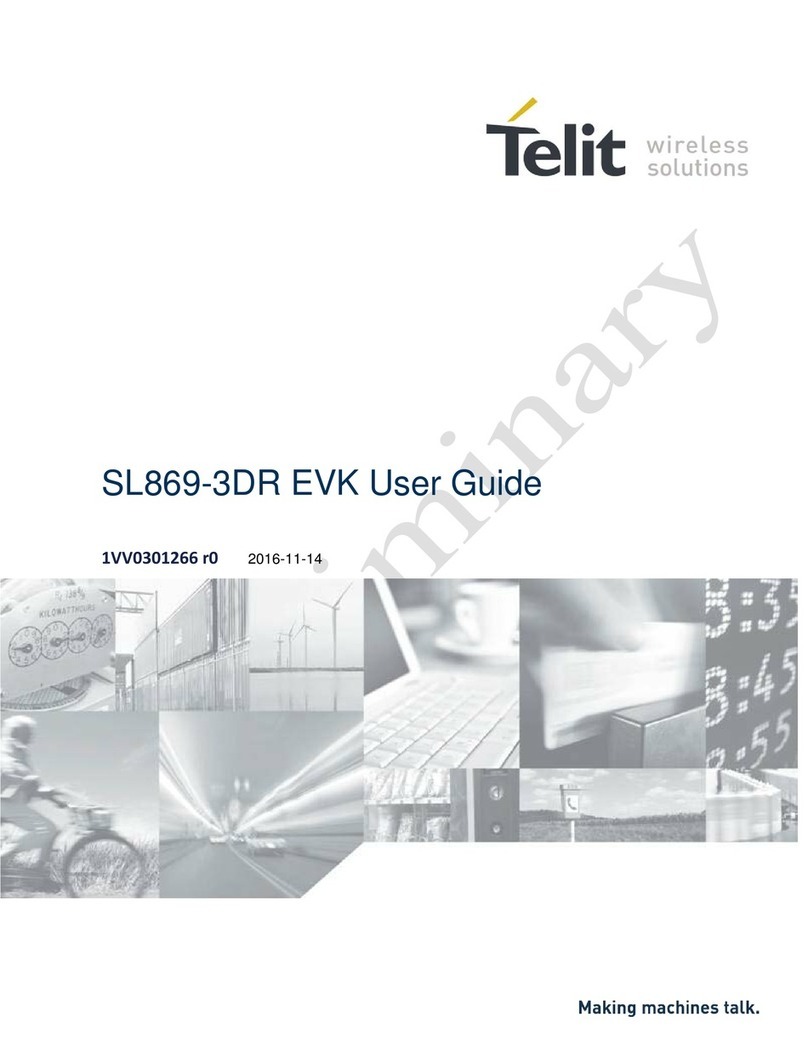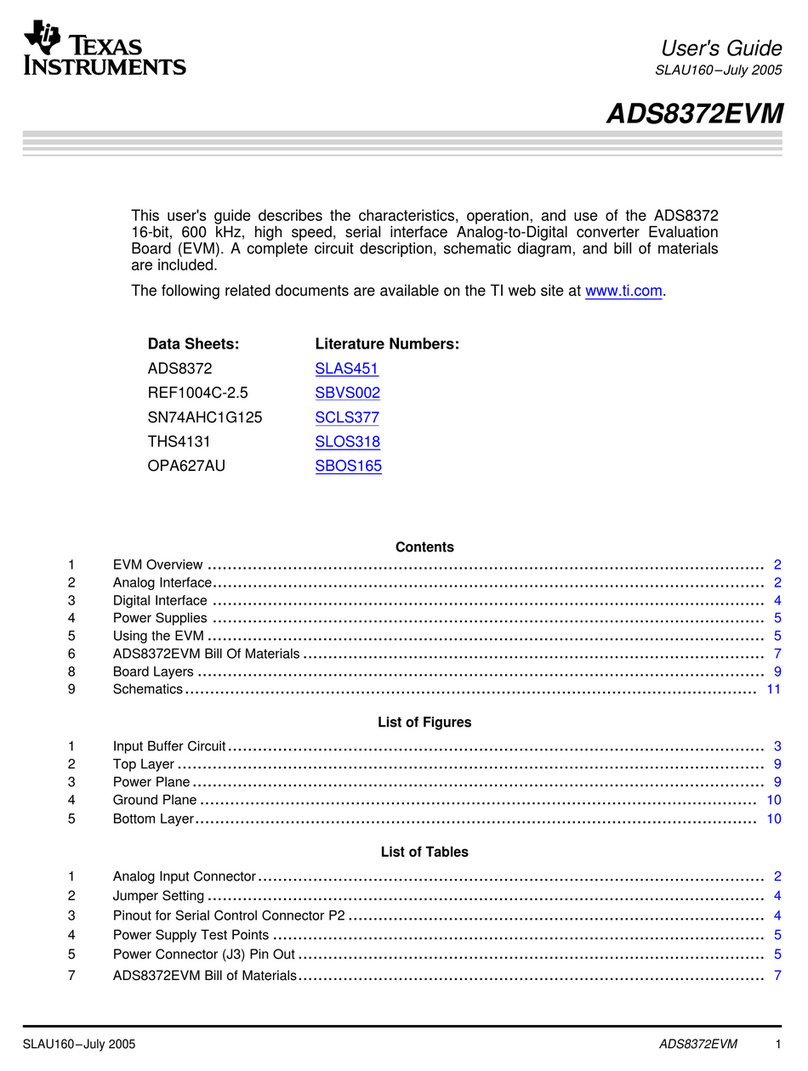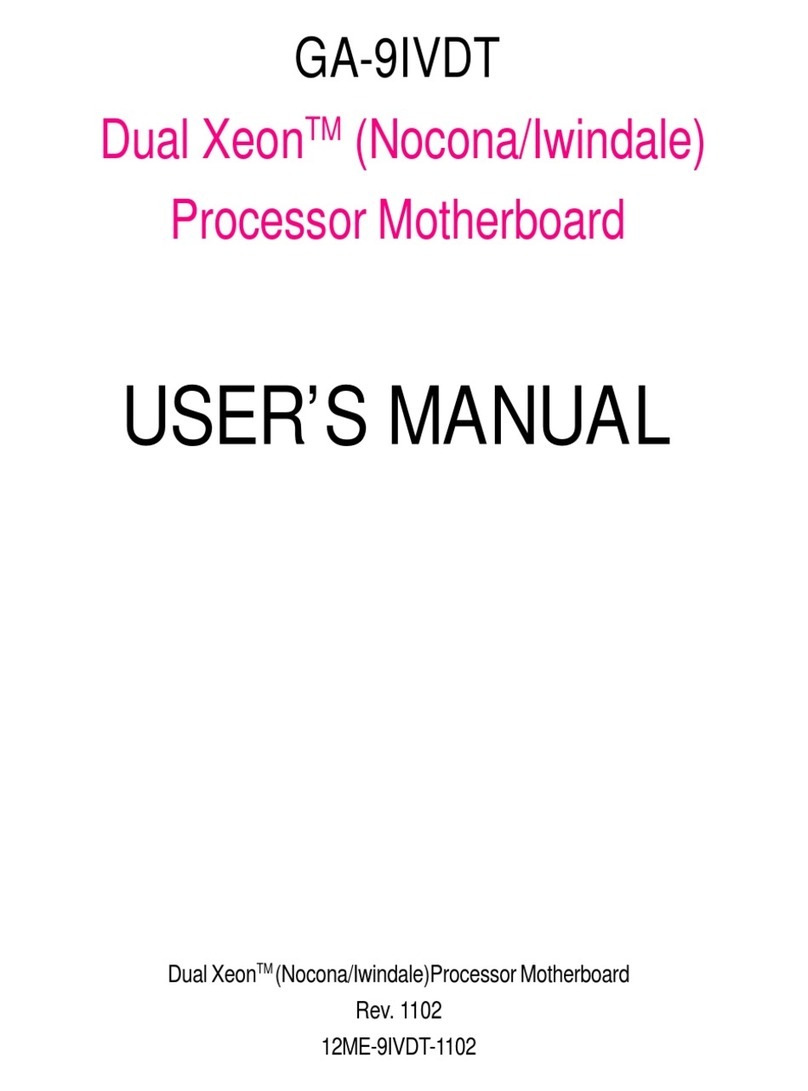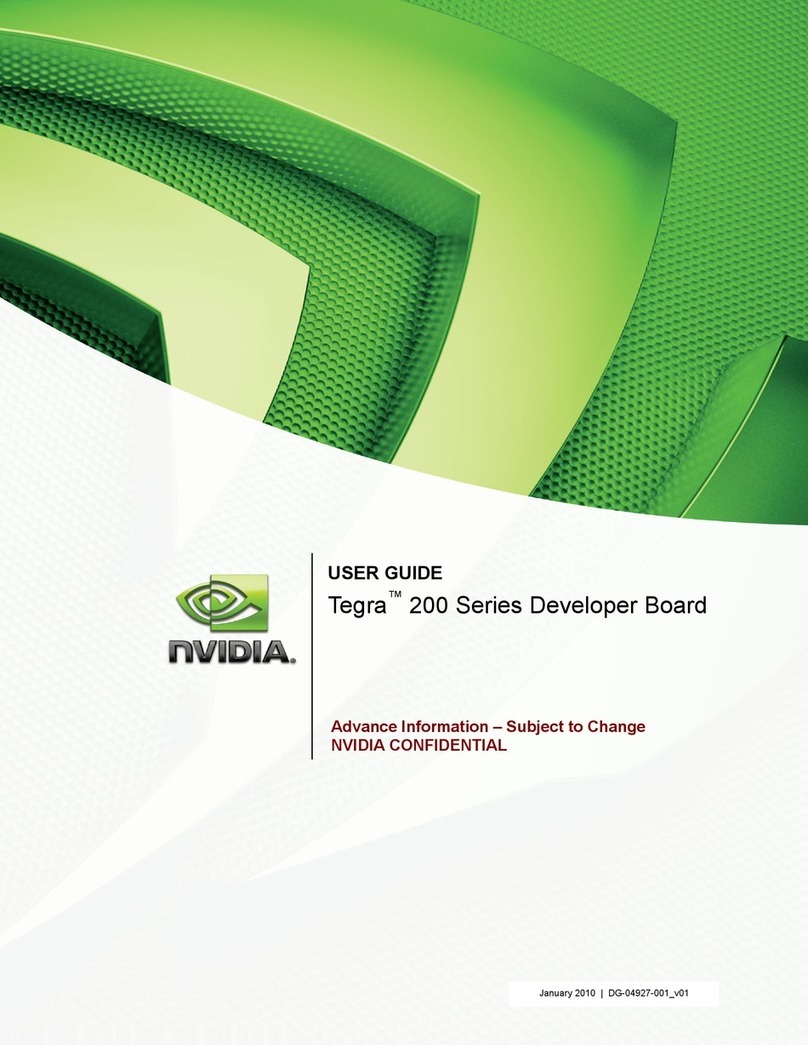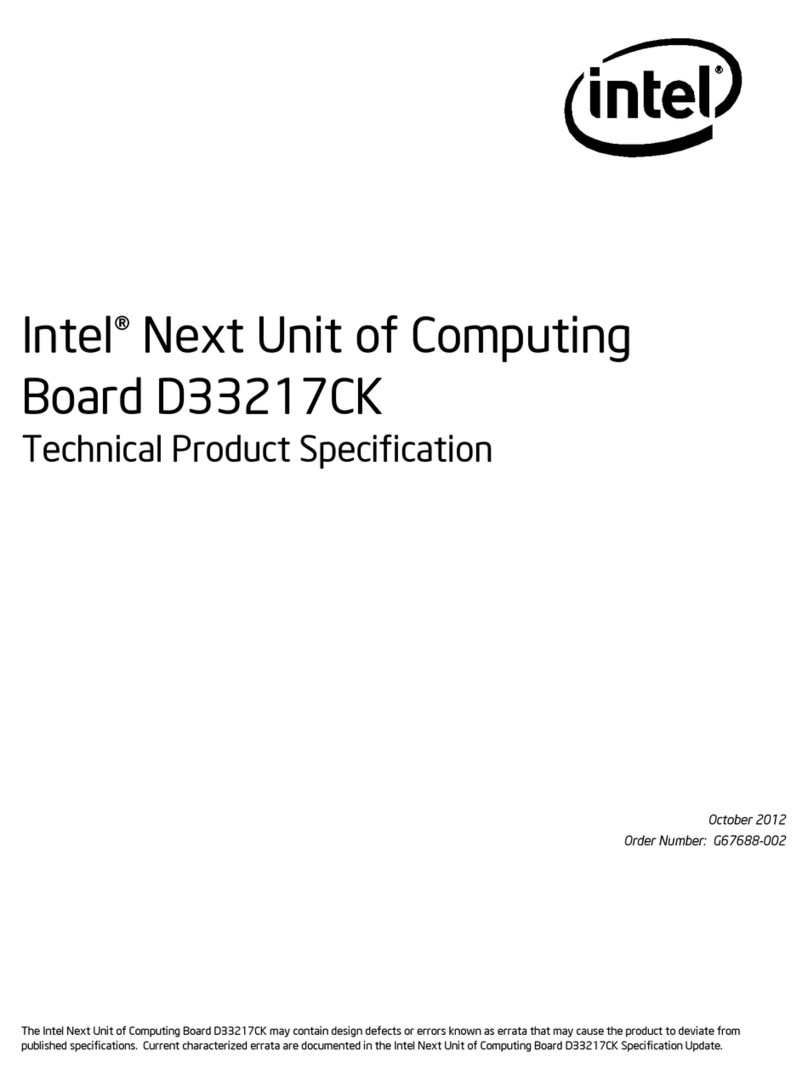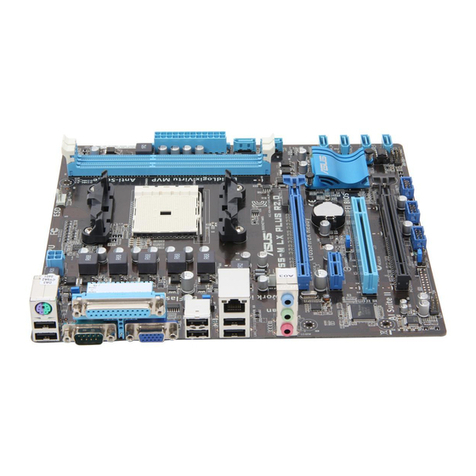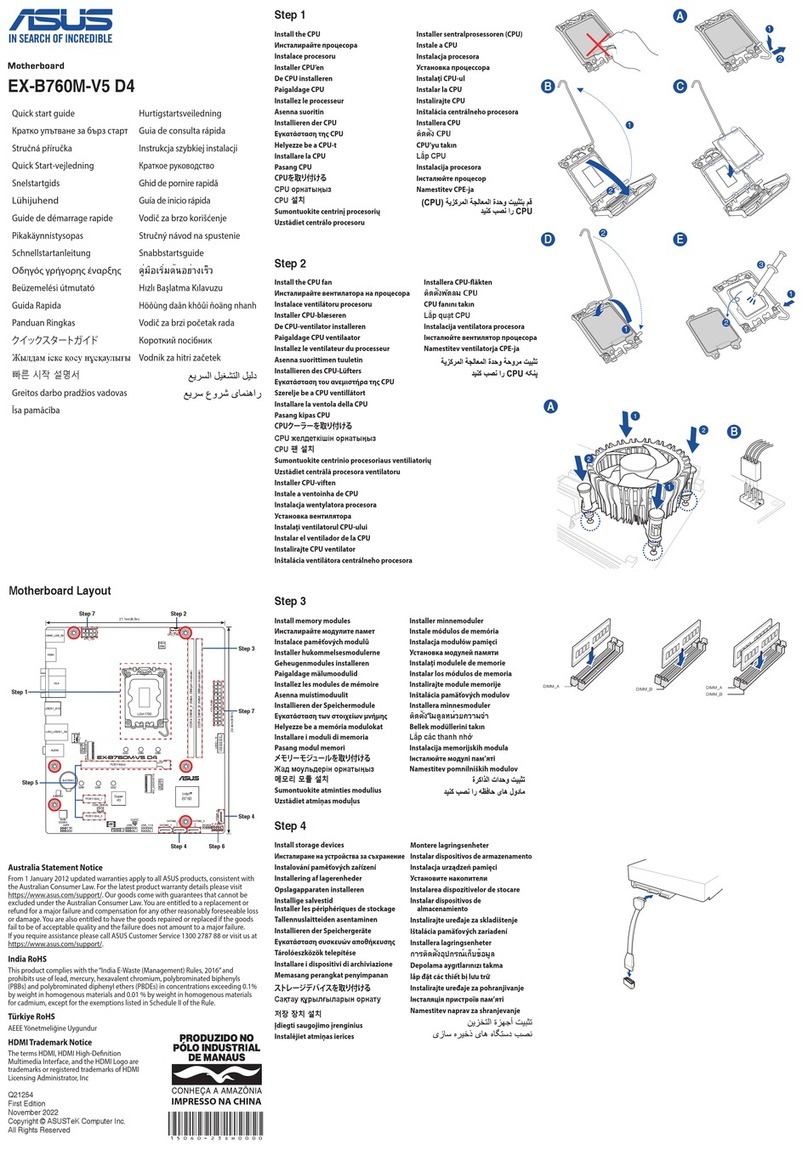
- 3 -
TABLEOFCONTENTS
T
T
PREFACE .............................................................................................................. 4
CHAPTER 1 INTRODUCTION....................................................................................... 5
Specification................................................................................................................................ 5
Accessories of HOT-673 ............................................................................................................. 7
CHAPTER 2 HARDWARE CONFIGURATION .................................................................... 8
The Pentium II Processor ............................................................................................................ 8
What does the URM (Universal Retention Mechanism) consist of .............................................. 9
Install the Universal Retention Mechanism ................................................................................. 9
Install Pentium II Processor....................................................................................................... 11
Celeron Processor S.E.P.P only RM Assembly Procedure ......................................................... 12
Install Celeron Processor ........................................................................................................... 13
Install S.E.C.C.2 Processor ........................................................................................................ 14
Jumpers ..................................................................................................................................... 15
CPU Clock Speed Selection - JP1 and JP10 .............................................................................. 15
Clear CMOS - JP8 ..................................................................................................................... 17
Flash EEPROM Vpp - JP7......................................................................................................... 17
Keyboard & PS/2 Mouse Power-on Setting - JP2 ...................................................................... 17
On Board Audio Controller Setting - JP12 ................................................................................ 18
Connectors ................................................................................................................................ 18
CHAPTER 3 MEMORY CONFIGURATION ..................................................................... 21
CHAPTER 4 FLASH UTILITY .................................................................................... 22
CHAPTER 5 AWARD BIOS SETUP .......................................................................... 24
The Main Menu ......................................................................................................................... 25
Standard CMOS Setup............................................................................................................... 27
BIOS Features Setup ................................................................................................................. 29
Chipset Features Setup .............................................................................................................. 32
Power Management Setup ......................................................................................................... 35
PCI Configuration Setup ........................................................................................................... 38
Integrated Peripherals ................................................................................................................ 40
Password Setting ....................................................................................................................... 43
CHAPTER 6 ONBOARD SOUND CHIP SETTING .......................................................... 44
Introduction ............................................................................................................................... 44
General Specifications ............................................................................................................... 45
Connecting Audio Devices to 673 ............................................................................................. 46
Auto-installing Applications and Drivers .................................................................................. 48
